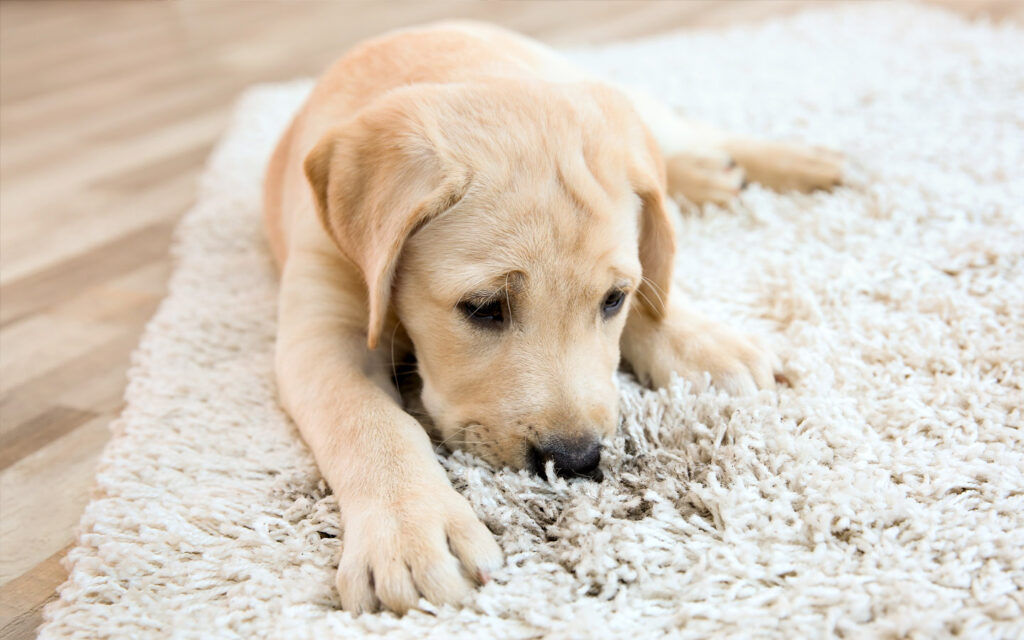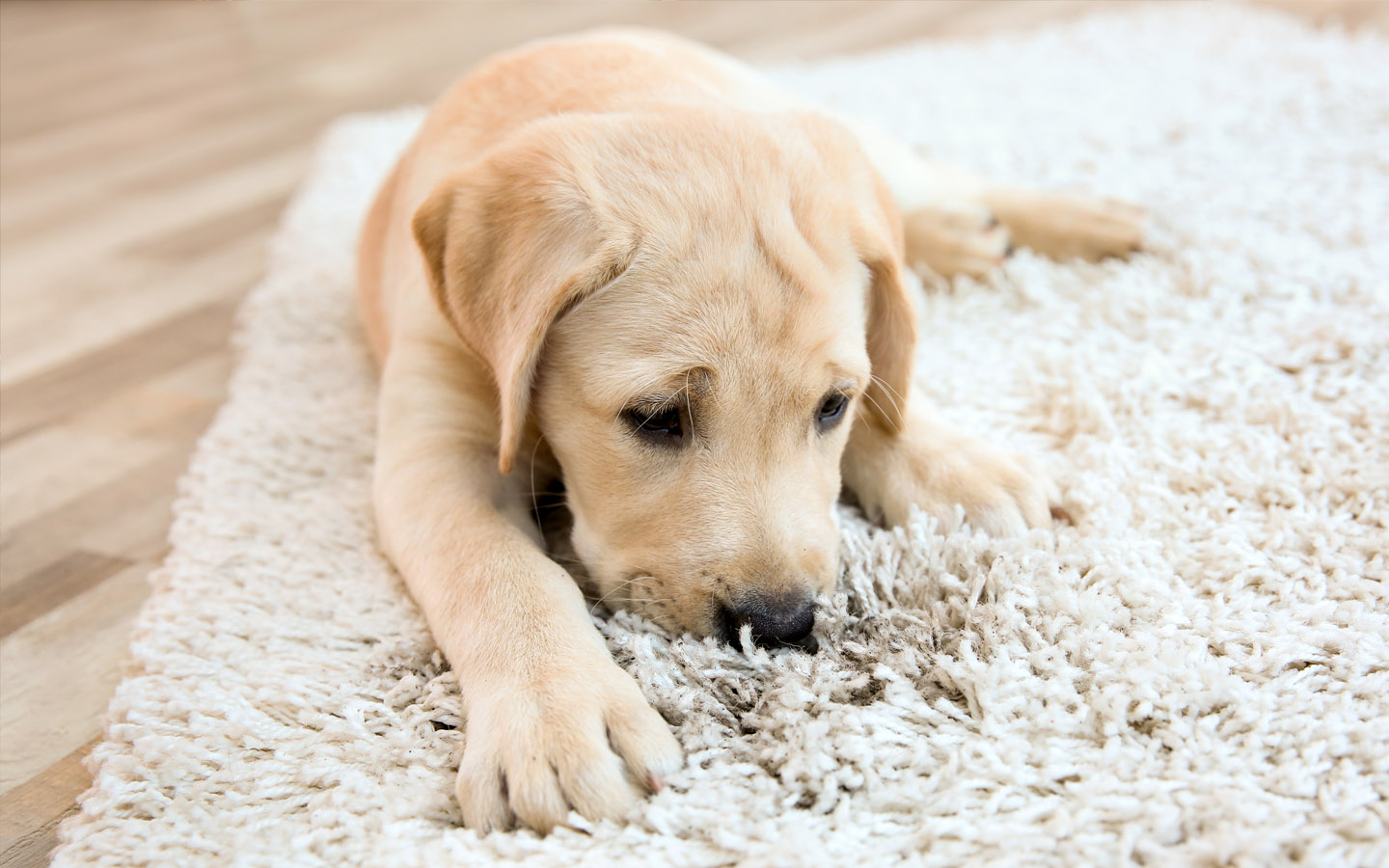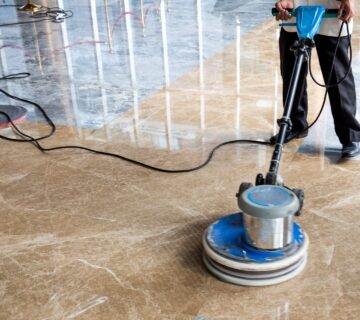A Pet Owner’s Guide to Clean Carpets: Expert Tips from Smart Care
Introduction: Embracing Pet Ownership Without Sacrificing Your Carpets
Our pets are cherished members of our families, filling our homes in the UAE with unparalleled joy, unconditional love, and a unique sense of comfort. They greet us at the door, curl up with us on the sofa, and become central figures in our daily lives, so we need Pet Owner’s Guide to Clean Carpets. While they make our lives infinitely more enjoyable and fulfilling, they also present a unique set of challenges. Especially when it comes to maintaining a clean, fresh, and hygienic home environment, and specifically when it comes to our carpets.
From the constant cycle of shedding and airborne dander to muddy paw prints after a walk and the occasional, unavoidable accident, our furry friends can leave carpets looking worn, stained, and smelling less than fresh.

Now let’s begin A Pet Owner’s Guide to Clean Carpets
For pet owners across the bustling cities and quiet communities of the UAE, keeping carpets clean is essential. This isn’t just about aesthetics; it’s about promoting a healthy living space for both your human family members and your pets themselves. A clean carpet reduces allergens, eliminates harmful bacteria, and contributes to better indoor air quality. The key to successfully managing this challenge lies in a multi-faceted approach. It’s a combination of consistent daily habits, proactive maintenance, and the deep-cleaning power of professional expertise.
At Smart Care, we understand the unique bond you share with your pets, and we believe you shouldn’t have to choose between their companionship and a beautiful home. In this comprehensive guide, we’ll explore the most effective ways to keep your carpets fresh, clean, and pet-friendly. Whether you’re a proud dog parent navigating the sandy realities of the UAE, a devoted cat owner, or the guardian of other beloved animals. We give you a Guide to Clean Carpets. These practical tips and tricks, combined with professional support from Smart Care, will help you maintain a beautiful and hygienic home while enjoying the wonderful, and sometimes messy, companionship of your pets.
1. Invest in a High-Quality, Pet-Specific Vacuum Cleaner
When you live with pets, a standard, entry-level vacuum cleaner often isn’t enough to tackle the unique challenges they present. Pet hair, fur, and dander have a tendency to weave themselves deep into carpet fibers, clinging stubbornly and requiring powerful, specialized suction to be effectively removed. A regular vacuum may only skim the surface, leaving behind a significant amount of debris that can contribute to odors and allergies.
What to Look For in a Pet Vacuum:
When making your selection, choose a vacuum cleaner specifically engineered for homes with pets. These models typically feature several key advantages:
- Enhanced Suction Power: This is non-negotiable for pulling embedded hair and fine dander from the base of the carpet.
- Tangle-Free Brush Rolls: Many pet vacuums have specially designed brushes. Which minimize or prevent hair from wrapping around them, a common issue that reduces cleaning efficiency.
- HEPA Filters: This is a crucial feature for any pet-owning household. A High-Efficiency Particulate Air (HEPA) filter is a medical-grade filter. That’s capable of trapping 99.97% of microscopic particles, including pet dander, dust mites, pollen, and mold spores. This not only cleans your carpet but also significantly improves your home’s indoor air quality, providing relief for allergy sufferers.
- Specialized Attachments: Look for models with attachments like a motorized pet tool for upholstery and stairs, and a crevice tool for tight corners and edges where pet hair accumulates.
Frequency and Technique are Key:
Having the right tool is only half the battle. How and how often you use it matters immensely. Aim to vacuum at least two to three times a week. For households with multiple pets or heavy shedders, daily vacuuming of key areas might be necessary.
- Focus more frequently on high-traffic areas (hallways, living rooms) and your pet’s favorite spots, such as where they sleep or eat.
- Use slow, overlapping passes to allow the vacuum’s brush and suction to work effectively on each section of the carpet. A quick, rushed pass will miss a lot of the embedded debris. Regular, thorough vacuuming is your most powerful first line of defense against the relentless build-up of pet hair, dirt, and allergens.
2. Master the Art of Immediate Accident Cleanup (Guide to Clean Carpets)
Accidents are an unavoidable part of pet ownership, especially with puppies, kittens, or senior pets. However, a quick and correct response can prevent them from becoming permanent stains or lingering odors that permeate your home. Acting quickly and using the right technique is crucial.
Blot, Don’t Scrub: The Golden Rule of Stain Removal:
The moment an accident occurs, your first instinct should be to grab clean paper towels or an absorbent white cloth. Gently blot the area, starting from the outside of the stain and working your way in to prevent it from spreading. Apply firm pressure to absorb as much of the liquid as possible. Avoid scrubbing the area vigorously at all costs. Scrubbing not only pushes the stain’s particles deeper into the carpet fibers but can also untwist and damage those fibers, creating a fuzzy, worn patch that can be more noticeable than the original stain.
Use Pet-Friendly, Enzyme-Based Cleaners for Organic Stains:
Always have a suitable cleaning solution specifically designed for pet messes on hand. For organic stains like urine, vomit, or feces, enzyme-focused cleaners are your most effective choice. Unlike standard cleaners that may only lift the surface color, these cleaners contain beneficial bacteria and enzymes that work on a molecular level. They physically break down and “digest” the protein-based stain and odor-causing molecules, effectively eliminating them rather than just masking them with a fragrance. This is crucial for preventing your pet from returning to the same spot to re-soil, as they are drawn to the lingering scent of their own urine.
Safety First: Protect Your Pet and Your Carpet:
Before using any new cleaning product, always test it on a small, inconspicuous area of your carpet (such as inside a closet or under a large piece of furniture) to ensure it doesn’t cause discoloration. Always look for “pet-safe” or “non-toxic” labels on cleaning products. Harsh chemicals like ammonia or bleach can be harmful if ingested or inhaled by your pets and can cause permanent damage to your carpet’s color and fibers. After treating a stain according to the product’s instructions, gently rinse the area with a cloth dampened with clean water to remove any cleaning residue, and then blot the area as dry as possible with a fresh, dry cloth.
3. Regular Pet Grooming: The Proactive Approach to a Cleaner Home
One of the most effective strategies for maintaining clean carpets begins not with the carpet itself, but with your pet. A consistent grooming routine can dramatically reduce the amount of loose hair, dander, and dirt that ends up on your floors and embedded in your carpet fibers.
- The Power of Brushing and Bathing: Make brushing a regular part of your routine. For most dogs and cats, brushing daily or several times a week—especially during heavy shedding seasons—can make a huge difference. This practice removes dead, loose hair before it has a chance to fall out and settle into your carpet. It also helps to distribute your pet’s natural skin oils, promoting a healthier coat. Regular baths, typically on a monthly basis (or as recommended by your vet, depending on the breed and skin condition). And also help to wash away dirt, dander, and loose fur, keeping their coat clean and healthy.
- The Importance of Nail Trimming: Don’t overlook the impact of your pet’s nails on your carpets. Overly long claws can easily snag, pull, and unravel carpet loops, causing permanent damage, fraying, and a worn appearance. Regular nail trimming not only protects your carpets but also prevents painful broken nails and improves your pet’s posture and comfort.
- Establish a “Paw Wiping Station” at Your Entrance: Place durable doormats both inside and outside your main doors to act as the first line of defense. Keep a dedicated towel or a container of pet-friendly wipes near the entrance. Make it a consistent habit to gently and thoroughly clean your pet’s paws after every walk or trip outside. This simple, two-minute routine can prevent a significant amount of dirt, mud, sand, allergens, and outdoor pollutants from being tracked onto your clean carpets.
4. Strategic Use of Rugs, Runners, and Pet-Free Zones (Guide to Clean Carpets)
You can significantly protect your primary wall-to-wall carpets by using smart, simple, and stylish strategies to manage your space.
- Cover High-Traffic and High-Risk Areas: Identify the areas in your home that see the most foot (and paw) traffic. Place durable, washable area rugs or runners in hallways, at entrances, in front of sofas, and in the areas where your pets spend most of their time. These will act as a sacrificial, protective barrier, trapping the majority of dirt, hair, and potential stains before they reach your main carpet.
- Choose Washable and Durable Materials: When selecting these protective rugs, opt for materials that are easy to clean. Rugs made from cotton, polypropylene, or other synthetic blends are often machine-washable or can be easily spot-cleaned. This makes maintenance much simpler and more cost-effective than dealing with a stain on a large, permanently installed carpet.
- Establish and Enforce Pet-Free Zones: It’s perfectly acceptable and often very practical to designate certain areas of your home, such as formal living rooms, dining rooms, or specific bedrooms, as pet-free zones. This is not about punishing your pet, but about managing your cleaning workload and preserving certain spaces. Using stylish baby gates, closed doors, or consistent positive reinforcement training can help you maintain a few pristine, worry-free spaces in your home, which is especially helpful when hosting guests.
5. The Power of Professional Carpet Cleaning with Smart Care
Even with the most diligent daily care and proactive habits, dirt, oils, allergens, and bacteria will inevitably build up deep within your carpet fibers over time. Consumer-grade vacuums and spot cleaners can only do so much. This is where the power and expertise of professional intervention become essential for maintaining the health, appearance, and longevity of your carpets.
Why Professionals Make a Tangible Difference:
Smart Care utilizes industry-leading, commercial-grade equipment and proven techniques, such as hot water extraction (often called steam cleaning). This method is far more powerful and effective than any rental or store-bought machine. The process involves pre-treating tough stains, then injecting a specialized, pet-safe cleaning solution mixed with hot water deep into the carpet pile. This combination works to loosen embedded dirt, oils, and allergens. Immediately following this, a high-powered vacuum extracts the hot water, cleaning solution, and all the dissolved grime, leaving your carpets deeply cleaned, sanitized, and refreshed.
The Recommended Frequency for Pet Owners:
For homes with pets, we at Smart Care strongly recommend a professional deep clean at least twice a year. For homes with multiple pets, allergy sufferers, or pets prone to accidents, a quarterly cleaning might be beneficial. This regular professional maintenance not only restores your carpet’s appearance and eliminates deep-seated odors but also significantly prolongs its life and vastly improves your home’s overall indoor air quality.
When to Call Us: The Telltale Signs:
Beyond your regular schedule, look for these signs that it’s time to book a professional service at smartcareae.com:
- Persistent Pet Odors: You notice a lingering “pet smell” even after vacuuming and airing out the room. This often means odors are trapped deep in the carpet padding.
- Stubborn, Visible Stains: You have stains from past accidents that won’t come out with your spot treatment efforts.
- Dull or Matted Appearance: High-traffic areas look dark, dull, or the carpet fibers appear flattened and matted down, a sign of deeply embedded dirt.
- Increased Allergy Symptoms: Family members are experiencing more frequent sneezing, stuffiness, or other allergy symptoms while at home.
- You’ve Just Moved In: It’s always a good idea to have carpets professionally cleaned when moving into a new home, especially if the previous occupants had pets.
6. Choosing the Right Carpets and Deodorizers for a Pet-Friendly Home
If you’re in the market for new carpets or have the opportunity to replace old ones, making a pet-friendly choice from the outset can save you a tremendous amount of time, effort, and stress in the long run.
- Smart Carpet Material Choices: Consider carpets made from durable, synthetic, and stain-resistant materials. Nylon and polyester are excellent choices as their fibers are non-absorbent and resilient. Many modern carpets come with built-in stain and soil protection. It’s generally wise to avoid loop-pile carpets (like Berber), as these loops can be easily snagged and pulled by pet nails, causing significant and often irreparable damage. Low-pile carpets are also a good option as they are generally easier to clean and allow vacuums to penetrate more effectively.
- Safe and Effective Carpet Deodorizers: While commercial carpet deodorizers can offer a quick fix, some contain harsh chemicals or strong fragrances that can be irritating to pets’ sensitive respiratory systems. A wonderfully safe and effective alternative is baking soda. It’s a natural, non-toxic odor absorber.
- How to Use Baking Soda: Sprinkle it generously over the entire carpet or on specific odorous areas. Use a soft brush to gently work it into the fibers. Let it sit for at least 15-30 minutes (or even a few hours for stronger odors) to give it time to absorb the unwanted smells. Then, vacuum it up thoroughly using a powerful vacuum cleaner.
- A Note on Essential Oils: Be extremely cautious when considering using essential oils for deodorizing. While they may smell pleasant to us, many are toxic to pets, especially cats and dogs, if ingested, inhaled, or absorbed through the skin. Always research and consult with your veterinarian before using any essential oils in your home.
Conclusion of A Pet Owner’s Guide to Clean Carpets: A Clean Home for You and Your Cherished Pets
Living with pets doesn’t mean you have to sacrifice the cleanliness, beauty, and comfort of your carpets. By adopting a comprehensive strategy from our Guide to Clean Carpets that includes the right tools, consistent good habits, and the invaluable support of professional services, you can absolutely enjoy a fresh, clean home while giving your furry friends the freedom to be themselves.
Implementing a consistent routine of thorough vacuuming, proactive regular grooming, and immediate, proper spot cleaning will help you manage the daily challenges effectively. However, for a truly deep clean that eliminates embedded allergens, bacteria, and stubborn odors, restoring freshness and promoting a healthy indoor environment, the value of professional services cannot be overstated. A seasonal deep clean by a qualified and trusted company like Smart Care can make a remarkable and noticeable difference in the comfort, cleanliness, and longevity of your carpets.
Don’t let pet messes get the best of your carpets. Take action today by integrating these expert tips into your routine and partner with Smart Care for all your professional cleaning needs. Contact us at smart care to book a service and create a clean, happy, and healthy environment for your entire family—furry, four-legged members included!





لا تعليق